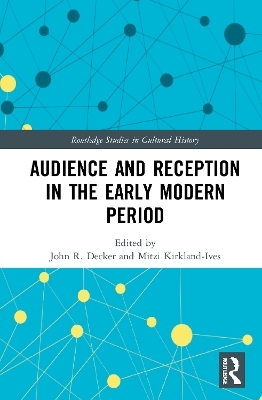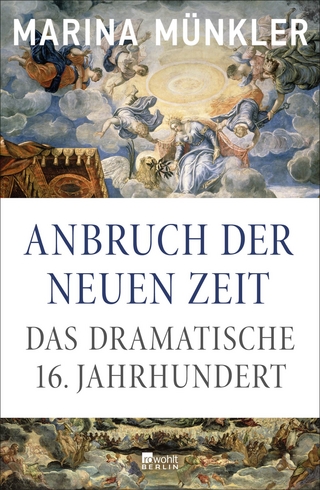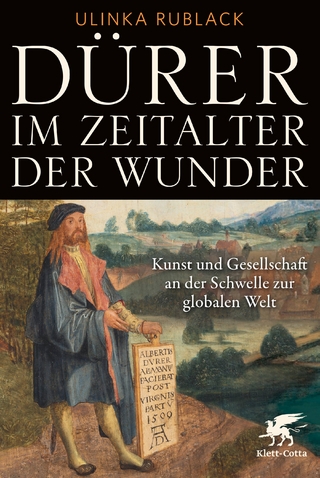
Audience and Reception in the Early Modern Period
Routledge (Verlag)
978-0-367-67639-1 (ISBN)
Early modern audiences, readerships, and viewerships were not homogenous. Differences in status, education, language, wealth, and experience (to name only a few variables) could influence how a group of people, or a particular person, received and made sense of sermons, public proclamations, dramatic and musical performances, images, objects, and spaces. The ways in which each of these were framed and executed could have a serious impact on their relevance and effectiveness. The chapters in this volume explore the ways in which authors, poets, artists, preachers, theologians, playwrights, and performers took account of and encoded pluriform potential audiences, readers, and viewers in their works, and how these varied parties encountered and responded to these works. The contributors here investigate these complex interactions through a variety of critical and methodological lenses.
John R. Decker is the chairperson of the Department of the History of Art and Design at Pratt Institute. Mitzi Kirkland-Ives is a professor of art history and museum studies in the Department of Art and Design at Missouri State University.
1. Introduction: Audiences and Reception: Readers, Listeners, and Viewers 2. To Compliment a Musical Friend: Amateur Musicians and Their Audiences in France, ca. 1650–1700 3. Elizabethan Audience Gaze at History Plays: Liminal Time and Space in Shakespeare’s Richard II 4. The Commedia dell’Arte from Marketplace to Court 5. Spreading the Word: Theatre, Religion and Contagious Performances 6. "Sedicious" Sermons: Preaching, Politics, and Provocation in Reformation England, 1540–1570 7. The Rotterdam Inquisitor and the False Prophet of Antwerp: Religious Disputation and Its Audiences in the Seventeenth-Century Low Countries 8. Relational Performances and Audiences in the Prologue of John Gower’s Confessio Amantis 9. George Turberville, Constancy and Plain Style 10. "Assi de doctos como de indoctos": A Poet-Translator Discovers His Audience in the Spain of Philip II 11. Female Audiences and Translations of the Classics in Early Modern Italy 12. Women Are from Venus: Addressing Female Agency with Classical Allegory 13. Domenico Ghirlandaio’s High Altarpiece for Santa Maria Novella and the Pre-Tridentine Audience of Italian Altarpieces 14. Guides Who Know the Way 15. Beyond the Doctrine of Merit: Philips Galle’s Prints of the Sacraments and Works of Mercy
| Erscheinungsdatum | 04.11.2021 |
|---|---|
| Reihe/Serie | Routledge Studies in Cultural History |
| Zusatzinfo | 32 Halftones, black and white; 32 Illustrations, black and white |
| Verlagsort | London |
| Sprache | englisch |
| Maße | 152 x 229 mm |
| Gewicht | 453 g |
| Themenwelt | Kunst / Musik / Theater ► Musik |
| Kunst / Musik / Theater ► Theater / Ballett | |
| Geschichte ► Allgemeine Geschichte ► Neuzeit (bis 1918) | |
| Geisteswissenschaften ► Geschichte ► Regional- / Ländergeschichte | |
| Geschichte ► Teilgebiete der Geschichte ► Kulturgeschichte | |
| ISBN-10 | 0-367-67639-7 / 0367676397 |
| ISBN-13 | 978-0-367-67639-1 / 9780367676391 |
| Zustand | Neuware |
| Informationen gemäß Produktsicherheitsverordnung (GPSR) | |
| Haben Sie eine Frage zum Produkt? |
aus dem Bereich


